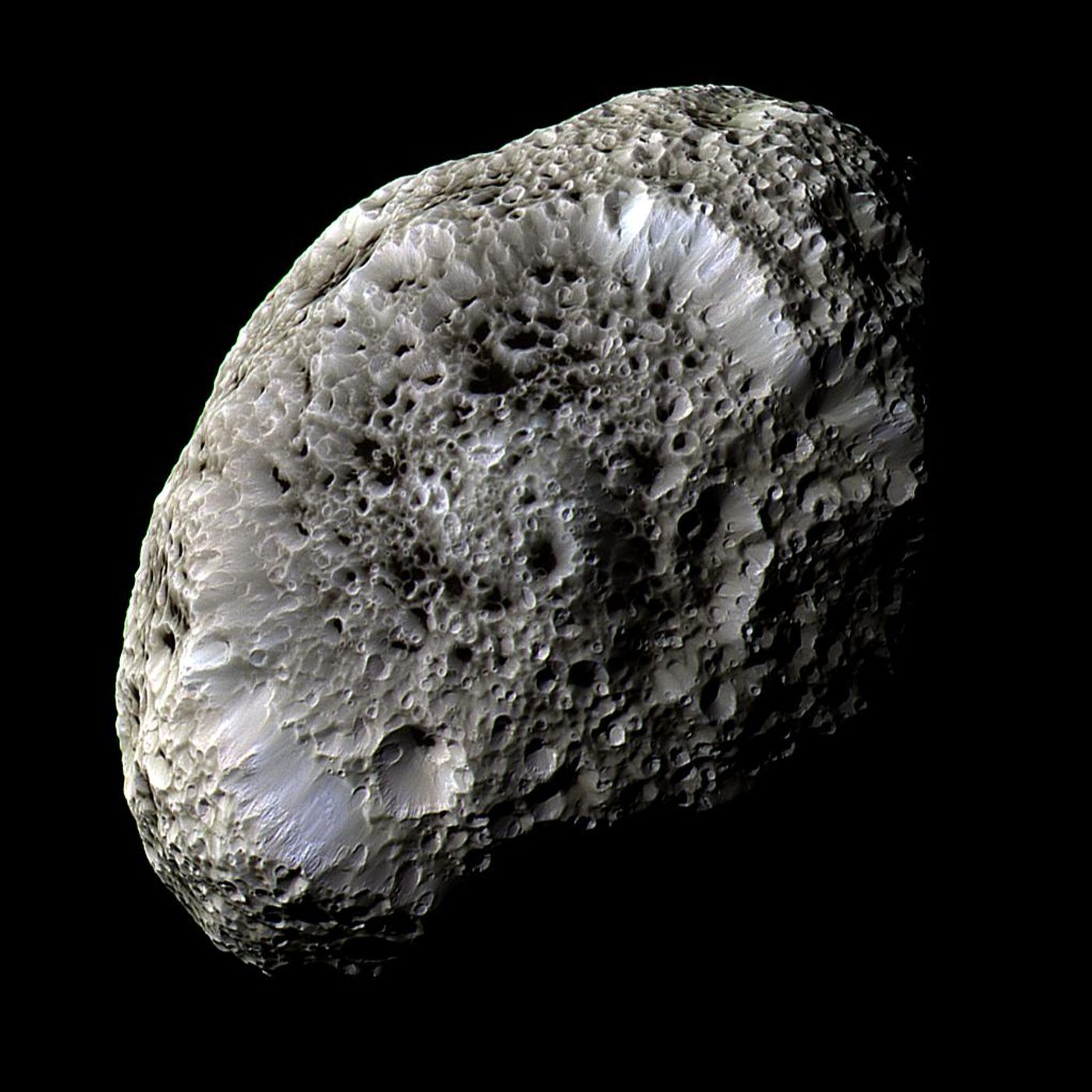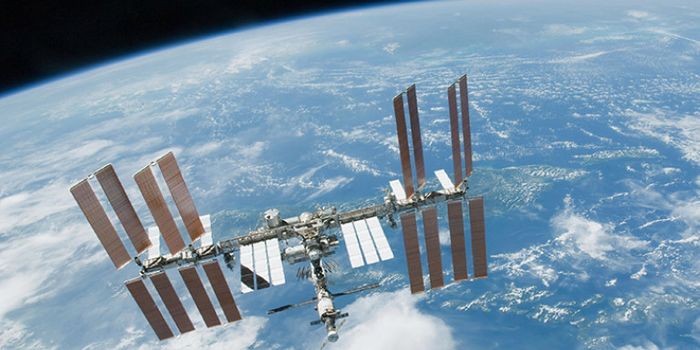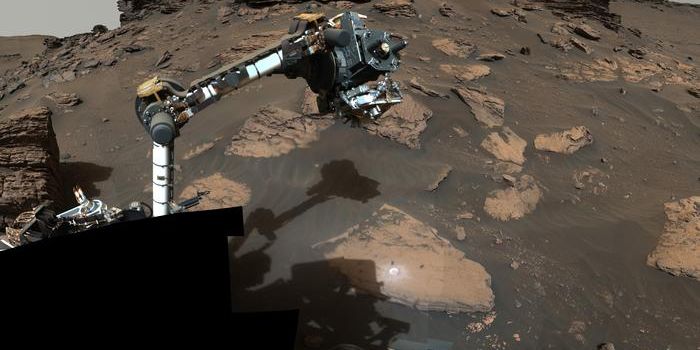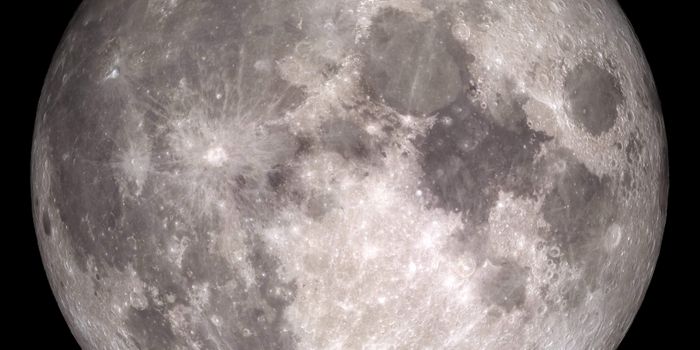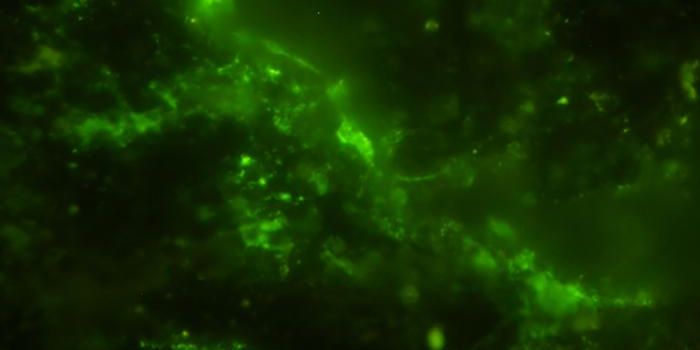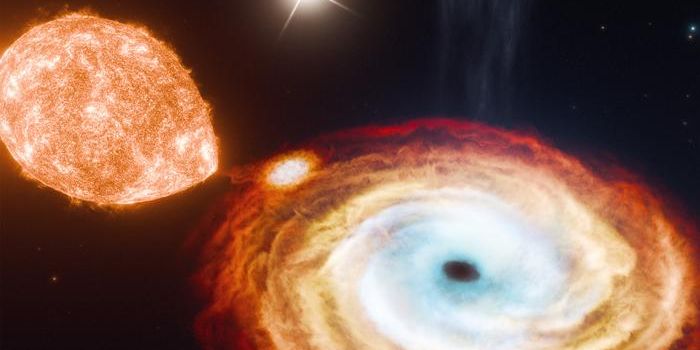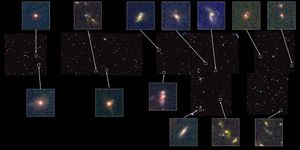Saturn's Sponge-Like, Non-Spherical Moon, Hyperion | Solar System Moons
Saturn's moon, Hyperion (Credit: NASA/JPL-Caltech/Space Science Institute)
Labroots recently explored one of Jupiter’s Galilean Moons, Ganymede, to include its unique surface features and possible interior ocean. Here we will venture back out to Saturn and examine an even more unique world. A world that doesn’t even look like a world at all, because it’s not even shaped like one. This is Saturn’s moon, Hyperion, and if one were to look at it, they might not even believe it’s a moon at all.
Hyperion was discovered by William Lassell in 1848, with William Cranch Bond and George Phillips Bond also discovering it in 1848, and all three men share credit for the moon’s discovery. Hyperion didn’t get its time in the spotlight until it was visited up-close by NASA’s Cassini spacecraft a handful of times between 2005 and 2015.
As stated, Hyperion might be mistaken for not being a moon since it’s shaped like a potato measuring 255 x 163 x 137 miles (410 x 260 x 220 kilometers) on three axes. It is currently hypothesized that Hyperion was formed from a number of small ice and rock objects, but lacked the gravity to form a sphere. The density of Hyperion is just over half the density of water, which is hypothesized to be due to gaps, also known as porosity, within its ice-rock composition of greater than 40 percent.
Aside from its potato shape, Hyperion also exhibits many very bright and very deep craters with their brightness possibly being attributed to their water ice composition. The extreme depth of the craters could also be attributed to the aforementioned lack of gravity. This means when an object strikes Hyperion, none of the material falls back to the surface and almost entirely escapes back out into space.
As there are currently no missions scheduled to re-visit this unique world, scientists will continue to ask questions about this unique world, with hopes we might visit it again, someday.
As always, keep doing science & keep looking up!
